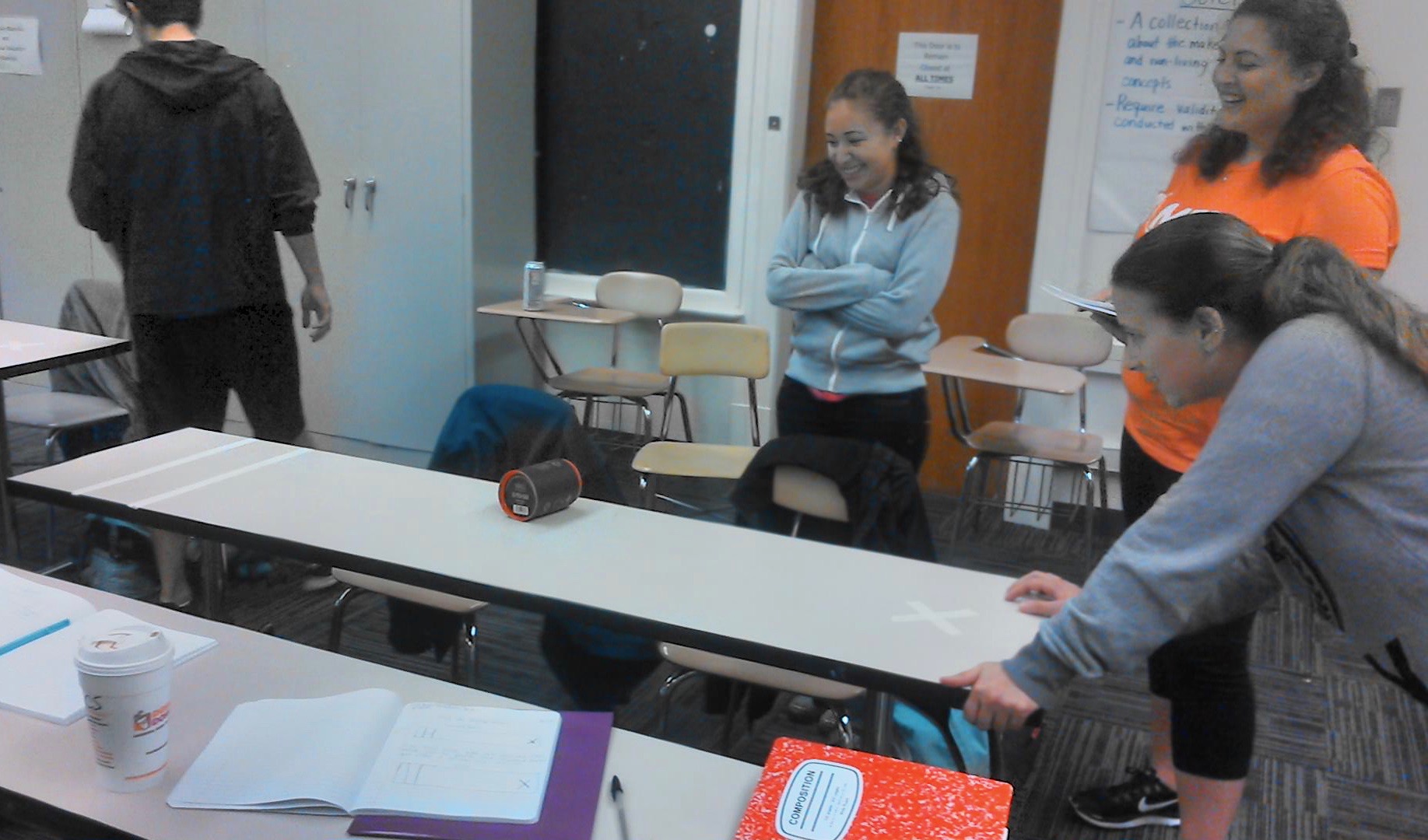Picture-Perfect Science Online Course, Apr 2020
A Picture-Perfect Science Online Course includes:
A Picture-Perfect Science Online Course includes:
A Picture-Perfect Science Online Course includes:
A Picture-Perfect Science Online Course includes:





 You've moved online - now what? Content resources have been provided consistently over the last few weeks. This Teacher Tip Tuesday focus is some strategies for working with students in an online environment. Strategies for both synchronous and asynchronous course will be shared.
You've moved online - now what? Content resources have been provided consistently over the last few weeks. This Teacher Tip Tuesday focus is some strategies for working with students in an online environment. Strategies for both synchronous and asynchronous course will be shared.
